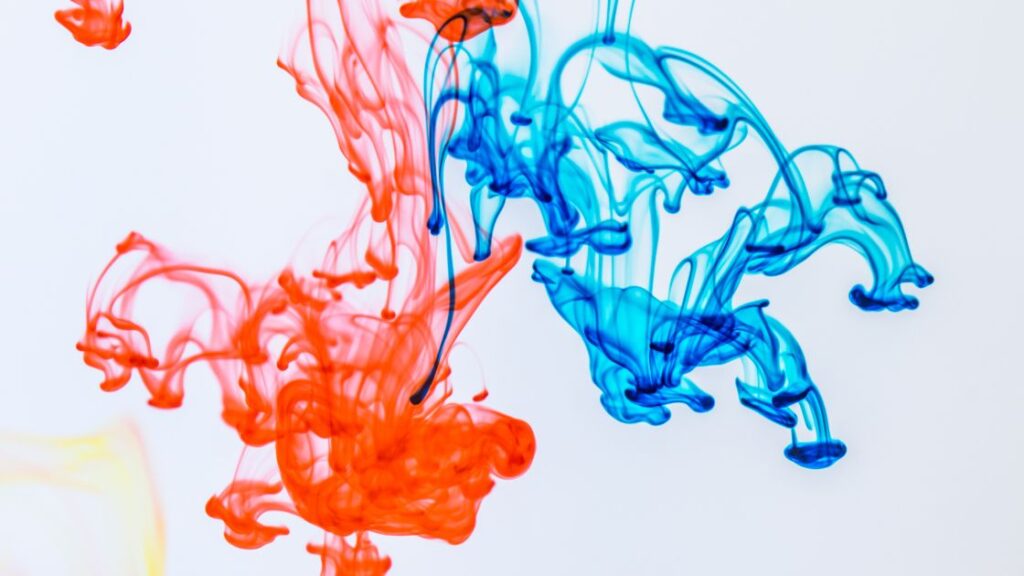Dispersant is a surfactant with two opposite properties, lipophilicity and hydrophilicity, in the molecule. It can evenly disperse the solid and liquid particles of inorganic and organic pigments that are difficult to dissolve in liquids, and can also prevent the sedimentation and agglomeration of particles, forming the amphiphilic reagent required for a stable suspension.
Aqueous dispersant is an additive commonly used in the coating industry. It is a chemical substance that disperses solid particles in water to form a colloidal solution. It is a chemical raw material that achieves the dispersion of solid particles by reducing surface tension. Aqueous dispersants have good solubility, are environmentally friendly and non-toxic, and help disperse paint pigments and fillers, making the paint easier to disperse and uniform.
Five steps to use aqueous dispersants
- Preparation: Prepare the required aqueous dispersant and water separately to ensure that the quality and purity of the dispersant and solvent meet the requirements.
- Ratio adjustment: Determine the ratio of dispersant and solvent according to actual needs, gradually add the dispersant to the water, and stir evenly.
- Stirring and dispersing: Use a stirrer to fully stir the dispersant and water mixture so that the solid particles are fully dispersed in the water.
- Filtration: Filter the stirred and dispersed solution to remove solid impurities.
- Storage and use: Store the filtered aqueous dispersant solution in a light-proof and sealed container to maintain its dispersion effect.

